Fancy Lettering Alphabet: A Complete Guide to Creative & Stylish Letters

Fancy Lettering Alphabet. If you’re anything like me, you’ve probably been fascinated by the beautiful world of fancy lettering alphabet styles—those swirly, decorative, and oh-so-satisfying letters that seem to bring life to quotes, notes, signs, and designs. Whether you’re new to hand lettering or have already dipped your toes into calligraphy, this comprehensive guide will walk you through everything you need to know about the fancy lettering alphabet.
In this article, I’ll share what I’ve learned from years of experimenting with lettering, studying different styles, and teaching others how to master the art. From different types of fancy lettering alphabets to tools, tips, and applications—this is your go-to resource.
What is Fancy Lettering Alphabet?
Fancy lettering alphabet refers to any decorative or stylized version of the alphabet designed to enhance visual appeal. These are often used in:
- Hand lettering
- Modern calligraphy
- Bullet journals
- Logo design
- Invitations and greeting cards
- Posters and signs
It’s not just about how a letter looks—it’s about giving letters personality and flair.
Why Use Fancy Lettering Alphabets?
Using fancy lettering can:
- Add elegance to everyday writing
- Personalize designs for social media or branding
- Make learning fun for kids
- Improve your handwriting and artistic skills
- Bring mindfulness through slow, intentional drawing
Plus, it just looks amazing!
Types of Fancy Lettering Alphabet Styles
Let’s dive into the different styles that make up the world of fancy lettering. Each has its own unique charm.
1. Modern Calligraphy
- Free-flowing, cursive style
- Popular for wedding invitations and Instagram quotes
- Uses brush pens or pointed pens
2. Serif Lettering
- Includes small lines or strokes at the end of each letter
- Elegant and classic
- Great for formal headings
3. Sans-Serif Lettering
- Clean, simple lines
- More modern and minimalistic
4. Script Lettering
- Loopy, cursive letters that connect
- Romantic and soft
5. Gothic/Blackletter
- Medieval style
- Bold and dramatic
6. Bubble Letters
- Fun, bold, and perfect for kids
- Great for school projects or informal posters
7. Graffiti Lettering
- Urban and edgy
- Combines creativity with street style
8. Monoline Lettering
- Uniform thickness
- Simple and clean aesthetic
Alphabet Table: Fancy Lettering Examples
Here’s a quick reference table showcasing different fancy styles of the alphabet:
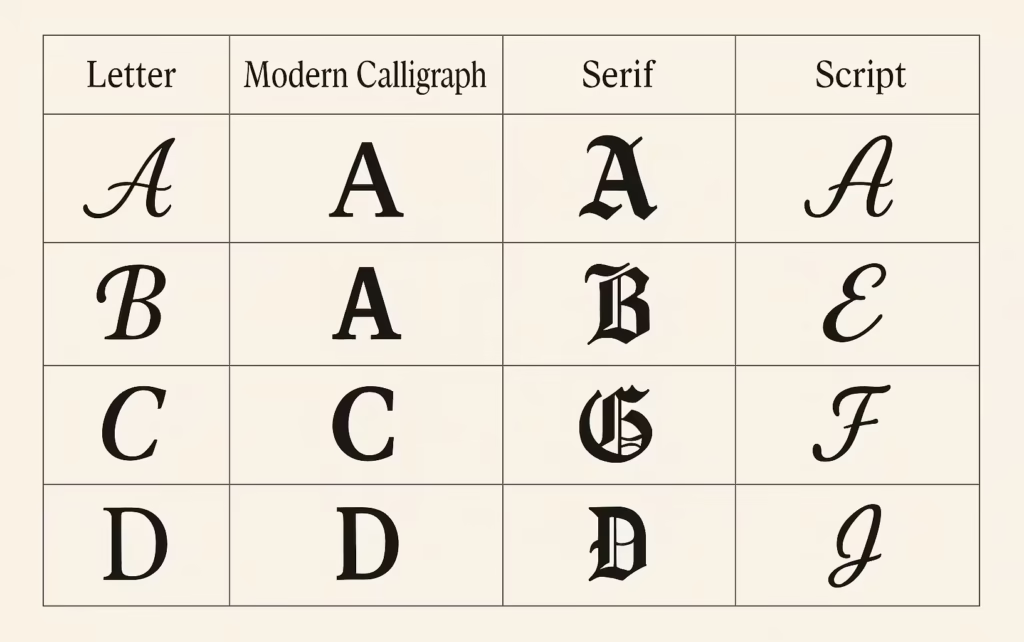
Note: These are examples using Unicode and stylized fonts; real hand-lettering will vary depending on your style.
Tools You Need for Fancy Lettering
Getting started with fancy lettering doesn’t require expensive gear. Here’s a list of essentials:
Basic Tools
- Brush pens (e.g., Tombow Dual Brush, Pentel Fude)
- Fineliners (e.g., Micron, Staedtler Pigment Liner)
- Pencils and erasers
- Marker paper or smooth notebooks
Optional But Fun Tools
- Watercolors
- Metallic markers
- Procreate (for digital lettering)
- Rulers and stencils
How to Start Learning Fancy Lettering Alphabet
Here’s a step-by-step method I use when teaching beginners:
1. Master the Basic Strokes
Before jumping into letters, learn the basic upstrokes (thin) and downstrokes (thick).
2. Practice One Letter at a Time
Start with lowercase, then move on to uppercase. Focus on consistency and style.
3. Try Different Styles
Experiment with serif, script, and bubble letters to find what feels best.
4. Trace Before You Create
Use downloadable worksheets to trace fancy letters before freehanding.
5. Create Short Words or Phrases
Once confident with individual letters, start creating words like “hello,” “love,” or your name.
Common Mistakes to Avoid
- Rushing through practice
- Not warming up before starting
- Comparing your style too much to others
- Skipping the basics
Stay patient your lettering will evolve over time.
How to Use Fancy Lettering Alphabets Creatively
Here are some creative ways to use your fancy lettering skills:
- Design a greeting card for birthdays or holidays
- Create Instagram quote posts with your own hand lettering
- Make personalized gifts (e.g., framed names, bookmarks)
- Decorate your journal with fancy titles and headers
- Design logos or branding elements
Downloadable Fancy Lettering Worksheets
Many online platforms offer free and premium downloadable practice sheets. Some recommended sources:
- The Happy Ever Crafter
- Dawn Nicole Designs
- Skillshare Lettering Classes
- Creative Market (for paid resources)
Fancy Lettering Alphabet vs. Calligraphy: What’s the Difference?
| Feature | Fancy Lettering Alphabet | Calligraphy |
| Tools | Pens, markers, digital | Dip pens, nibs, brushes |
| Style | Decorative, freestyle | Formal, structured |
| Skill | Easier for beginners | Requires more technique |
| Flexibility | High | Medium |
Tips from My Personal Experience
As someone who’s been lettering for over 5 years, I’ve picked up a few practical tips:
- Always keep a warm-up sheet nearby. Doodle some loops and lines before you begin.
- Use guidelines. Light pencil lines help keep your letters even.
- Try digital lettering. Apps like Procreate open up a world of brushes and undo buttons.
- Join online communities. Lettering artists on Instagram and Reddit often share advice, feedback, and challenges.
FAQ: Fancy Lettering Alphabet
Q1: Can I learn fancy lettering without any artistic background?
Absolutely! Fancy lettering is more about practice and patience than innate talent.
Q2: What’s the fastest way to improve my lettering?
Daily practice—just 15 minutes a day can make a big difference over time.
Q3: Are there apps for fancy lettering practice?
Yes! Procreate (iPad), Calligraphy Handbook (Android/iOS), and iFontMaker are great apps to try.
Q4: Can I use fancy lettering for business?
Definitely! It’s often used for logos, branding, product labels, and social media content.

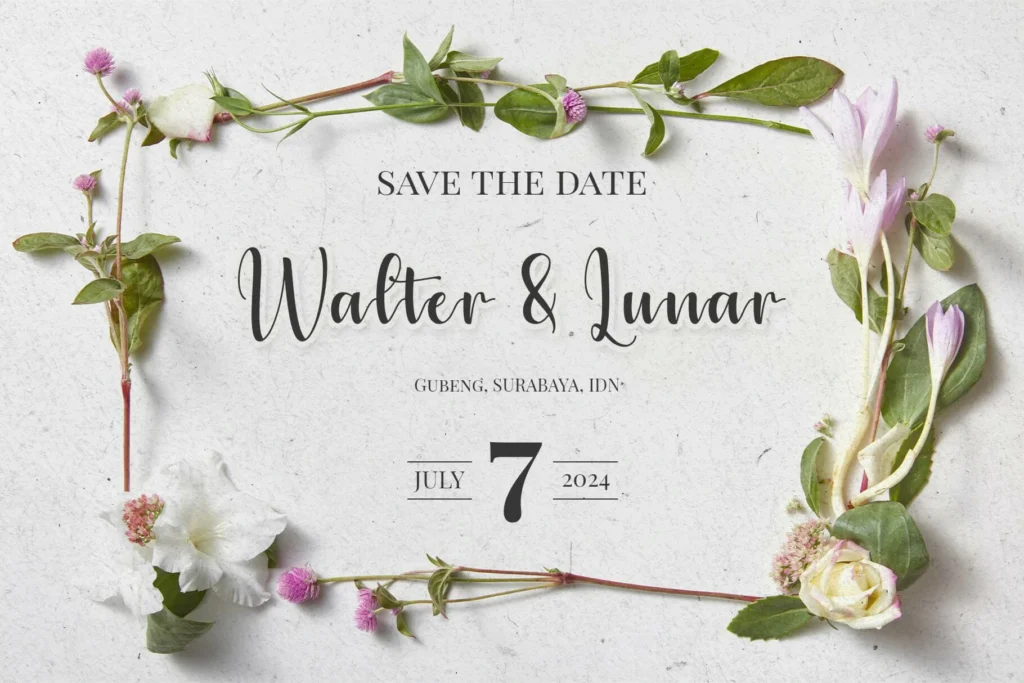
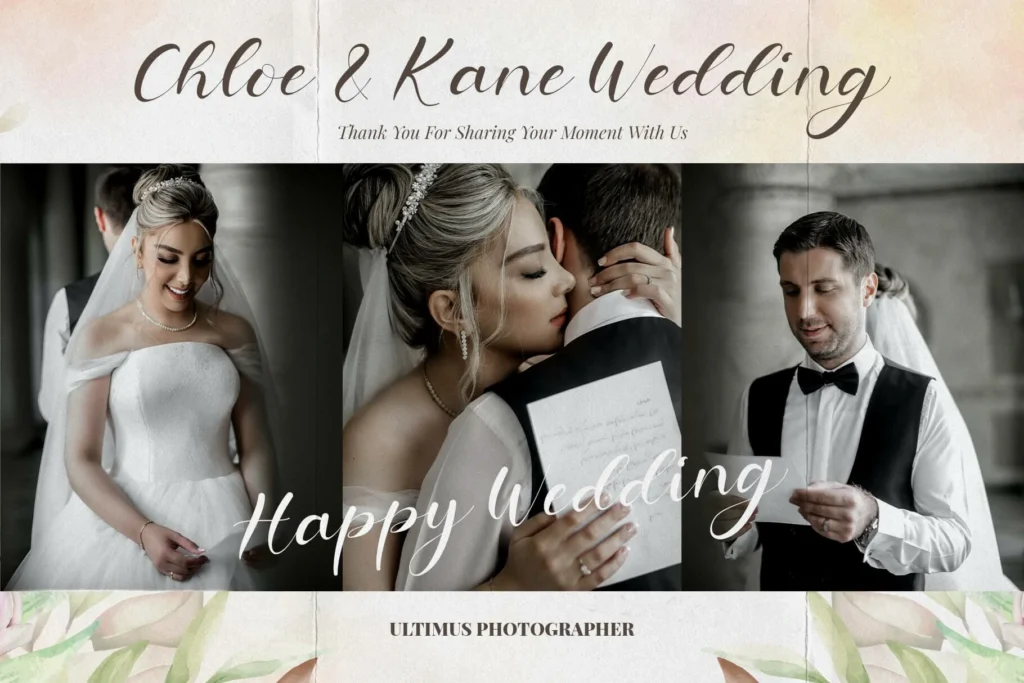

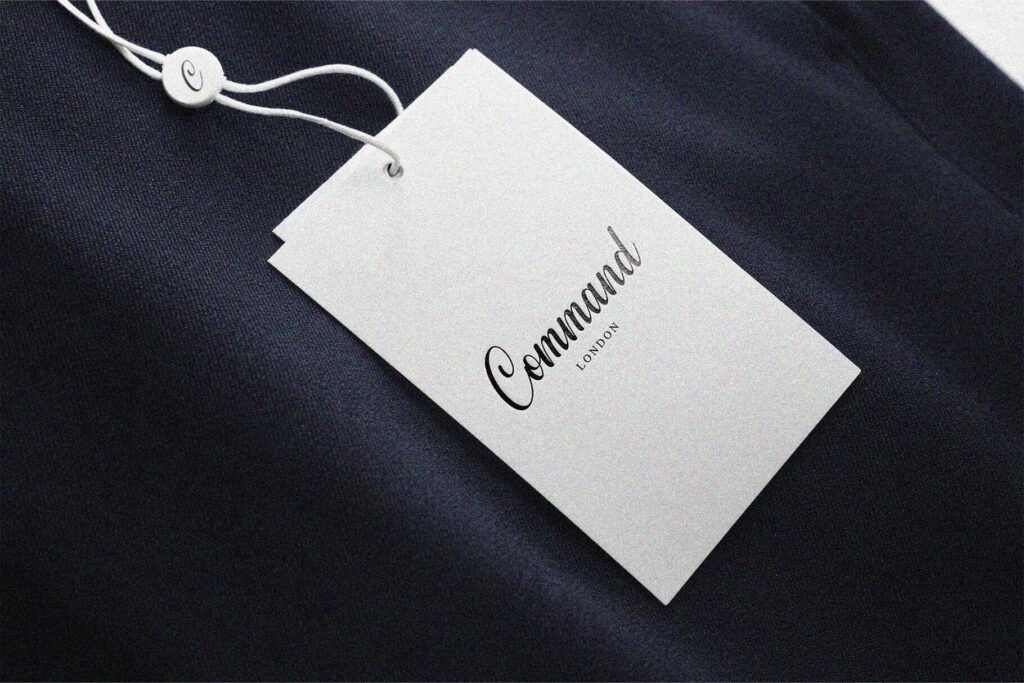

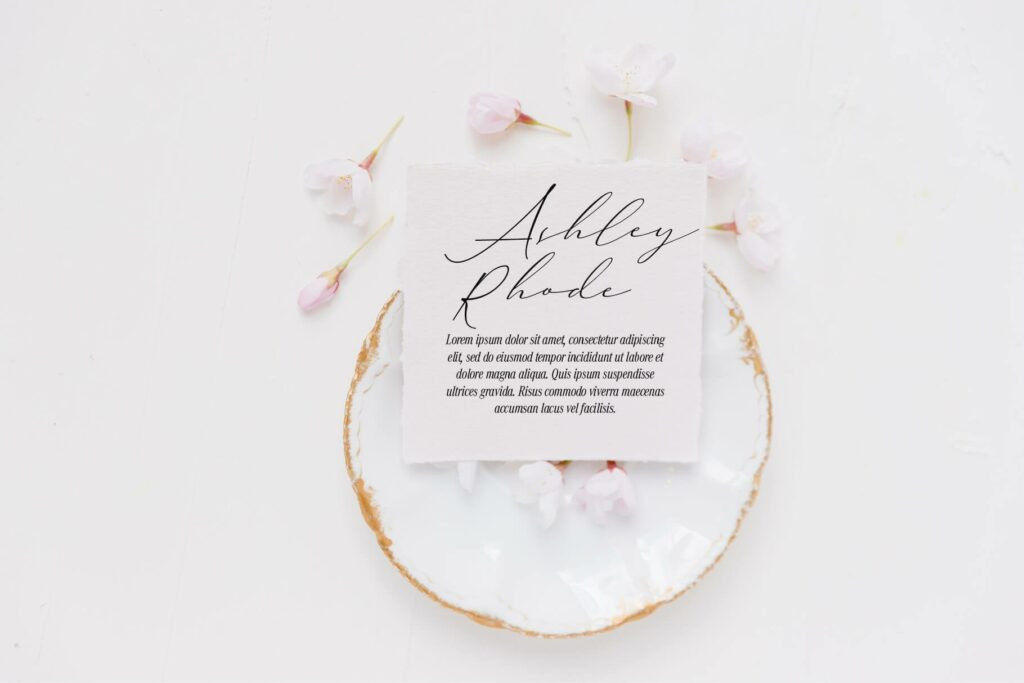
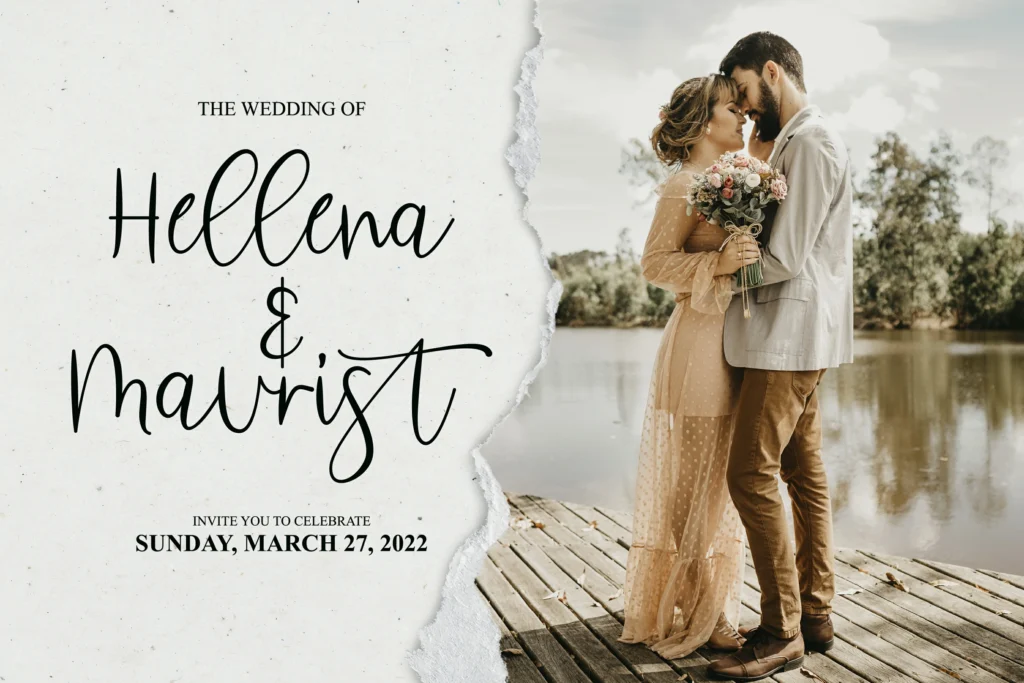
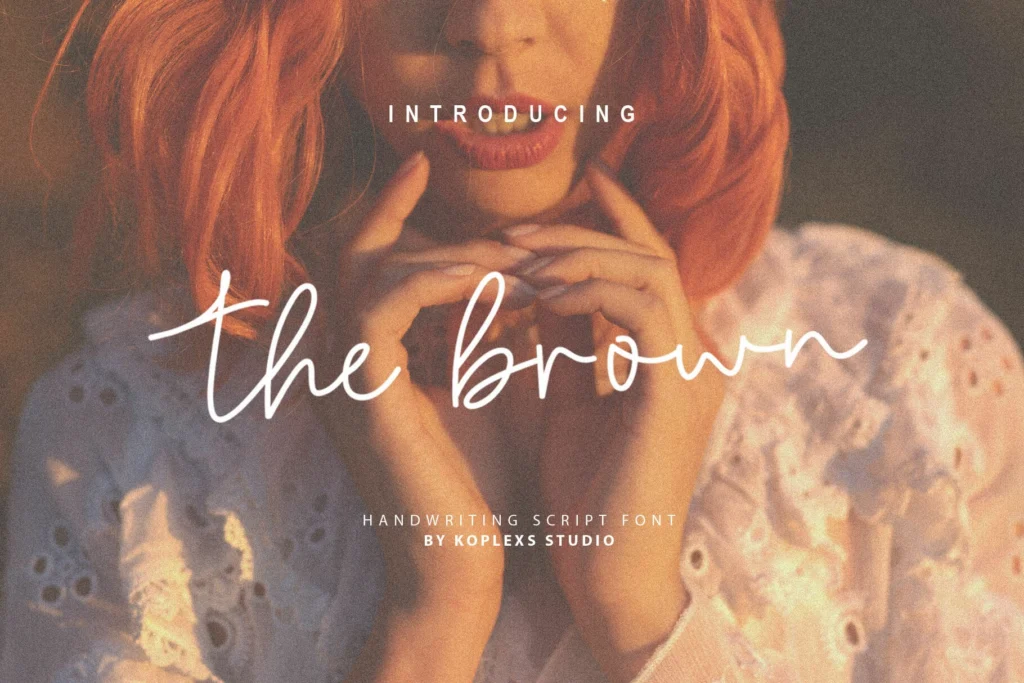
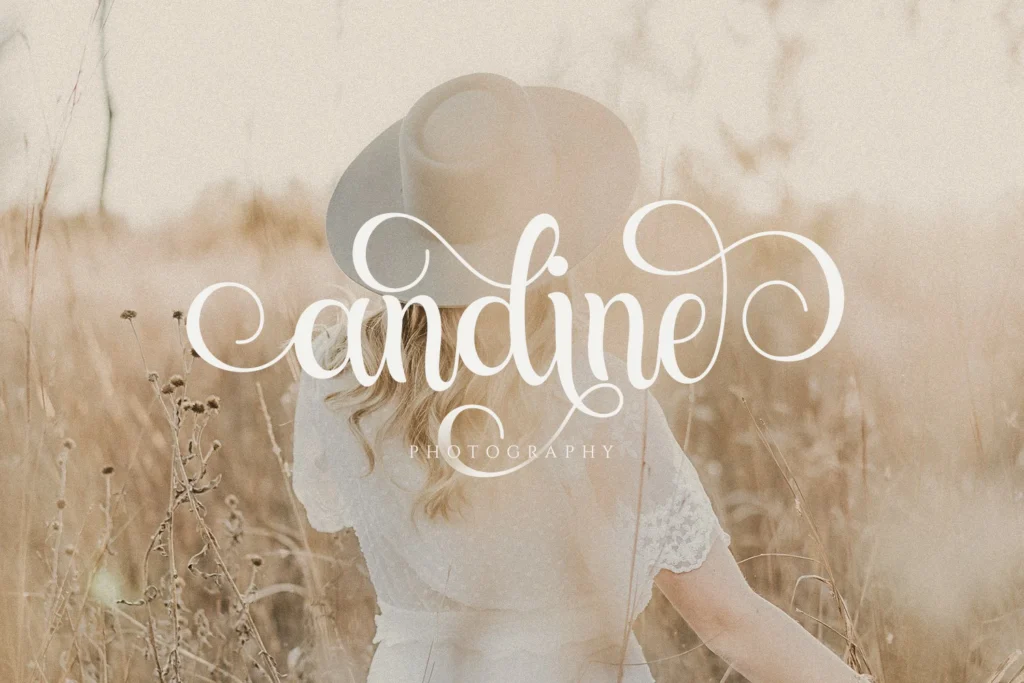
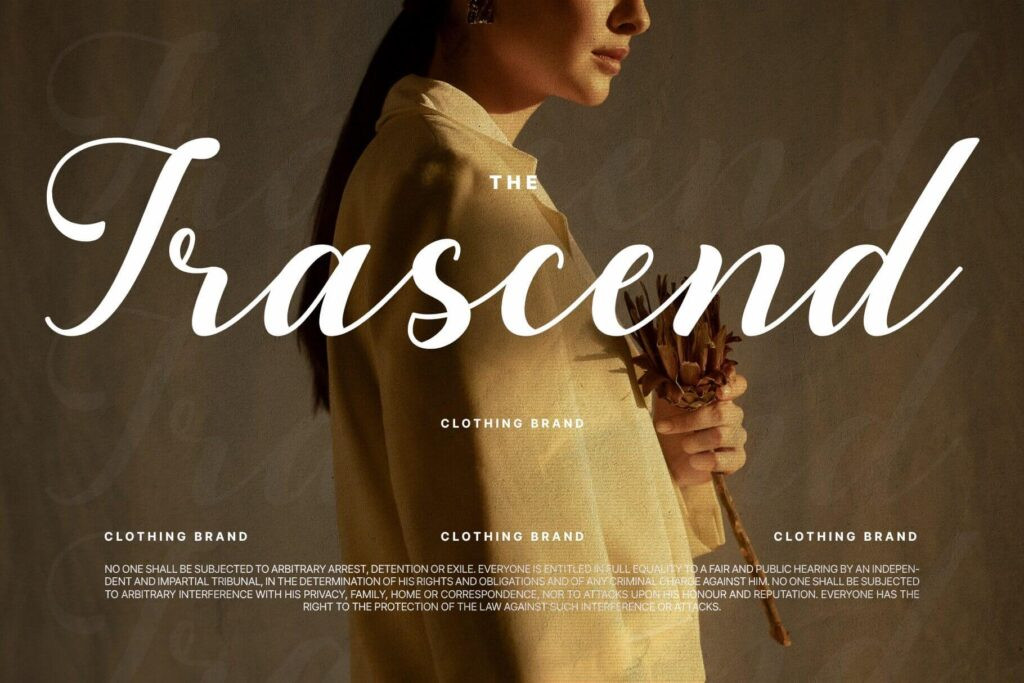
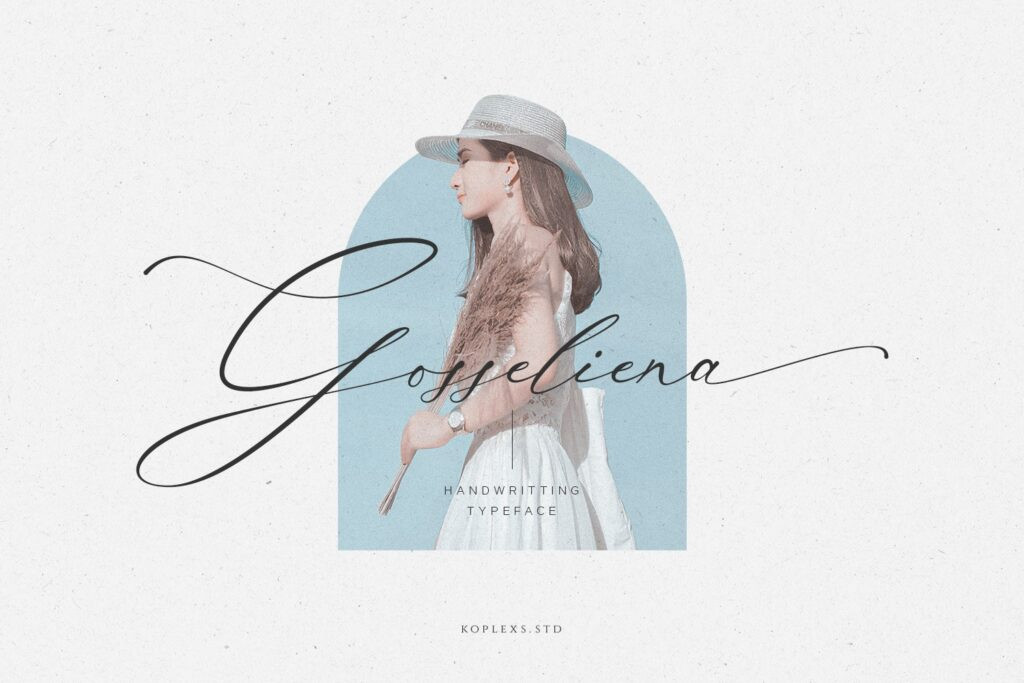



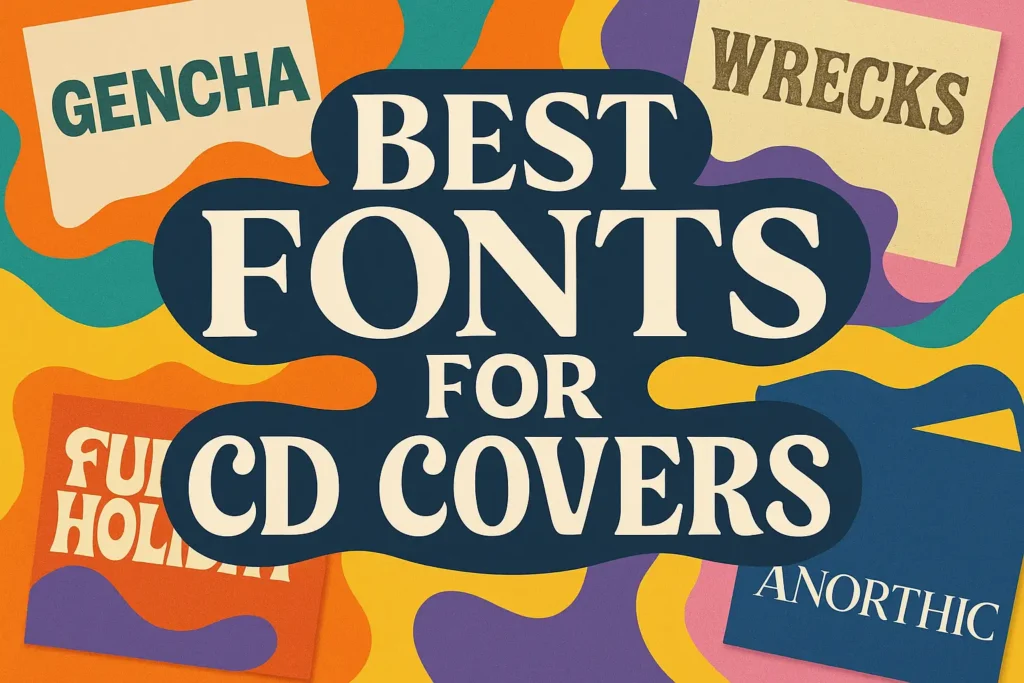
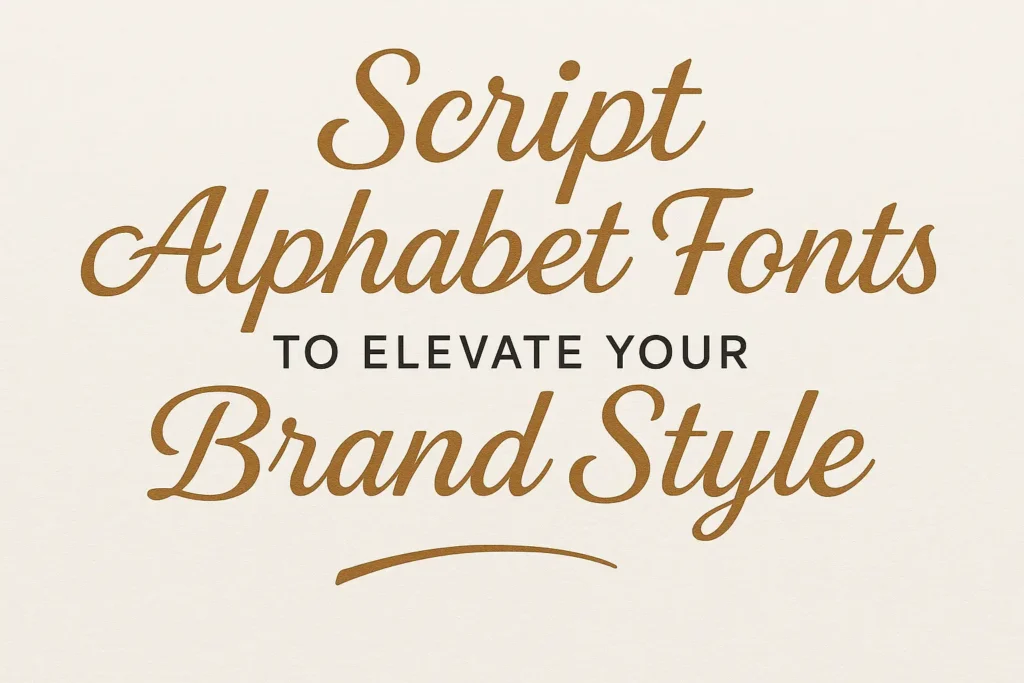
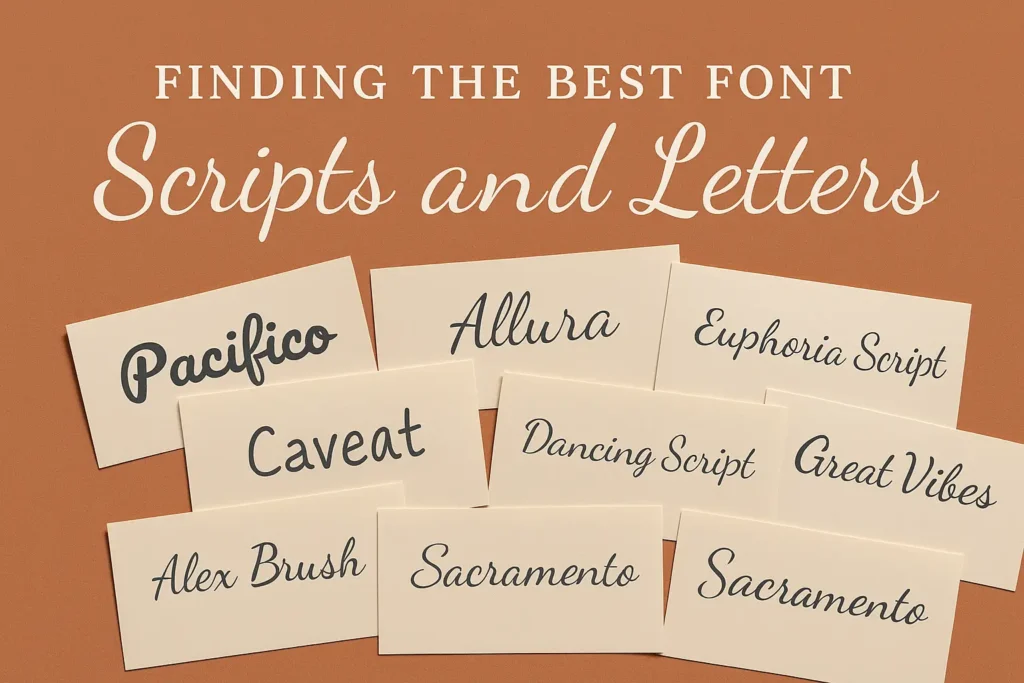
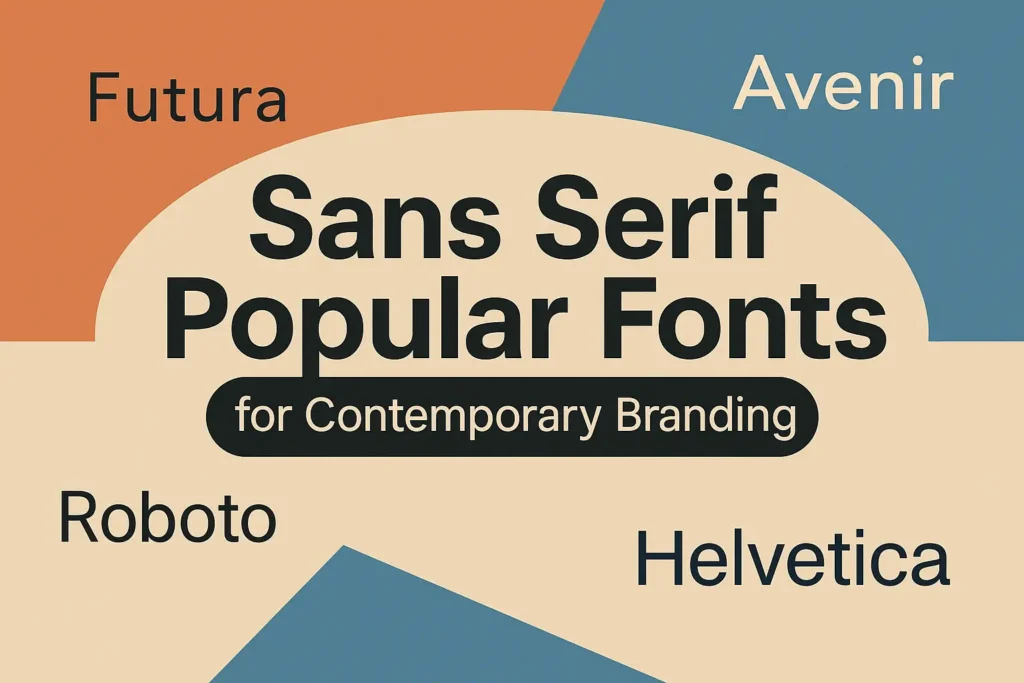
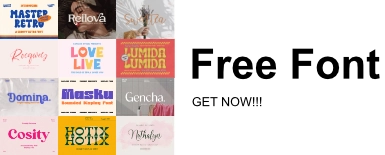
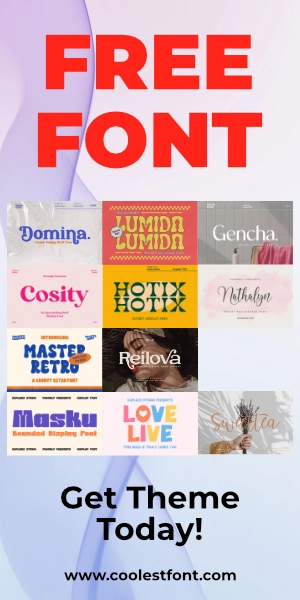


Leave a Comment